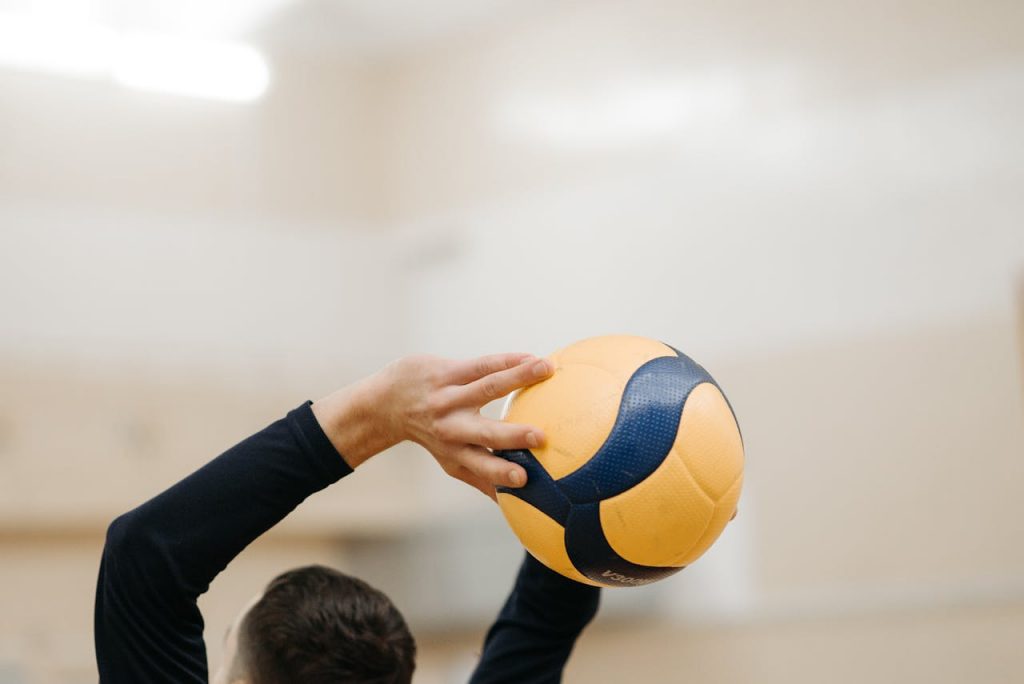Volleyball is a fast-moving sport that demands skill, teamwork, and strategic play. For high school players, understanding the duration of a game can help with planning, conditioning, and preparation. Whether you’re playing, coaching, or cheering from the stands, understanding the length of a match helps with planning and expectations.
If you’re a student-athlete juggling sports and academics, you might need help balancing everything, including writing assignments. Many players look for academic writing resources like DoMyEssay that help write essay while keeping up with practice and game schedules. Managing time effectively is key to excelling both on the court and in the classroom.
So, what’s the average length of a high school volleyball game? It varies based on factors like match format, competition level, and game pace. Let’s break it down.
Understanding the Match Format

Most high school volleyball matches use a best-of-five format, where the first team to win three sets takes the match. Sets are played to 25 points, except for a deciding fifth set, which goes to 15. A team must win by at least two points, meaning scores can exceed these limits in close games.
Some lower-level games, such as junior varsity or freshman matches, are played in a best-of-three-sets format. In this case, the first team to secure two-set wins claims victory. The scoring remains the same, with sets played to 25 points.
Average Length of a High School Volleyball Game
A best-of-five high school volleyball match usually lasts between 60 and 90 minutes, depending on the number of sets required to determine a winner. Here’s a general breakdown:
- Three-set match (3-0 win): Around 60 minutes
- Four-set match (3-1 win): Around 75 minutes
- Five-set match (3-2 win): Around 90 minutes or more
For best-of-three matches, the game is usually shorter, lasting between 40 to 60 minutes.
Factors That Affect Match Length
The total duration of a volleyball match can vary based on different factors:
1. Rally Length
Volleyball uses rally scoring, where every serve leads to a point, keeping the game fast-paced and competitive. Longer rallies with multiple hits, saves, and blocks can extend the match. Teams with strong defensive plays often make each rally last longer.
2. Skill Level
More experienced teams may have quicker, more efficient plays, while beginner-level teams might struggle with passing and serving, leading to extended rallies. Errors can also shorten or prolong a match.
3. Timeouts and Breaks
Teams can take two timeouts per set, each lasting 30 seconds. Between sets, there is usually a three-minute break. If the match goes to five sets, there may be an additional short break before the final set.
4. Substitutions and Challenges
Substitutions, injuries, or discussions between referees and coaches can delay the game. Some high school leagues also allow video reviews or challenges, which can add extra time.
How Volleyball Time Compares to Other Sports
If you’re comparing high school volleyball to other sports, it tends to be shorter than football (which lasts over two hours) but longer than basketball (which usually takes around an hour). Unlike sports with a running clock, volleyball does not have a set game time, so match length varies depending on performance and competition level.
Tips for Players and Spectators
For players, preparing for a match means warming up properly and being ready for a game that could last anywhere from one to two hours. Staying hydrated and managing energy levels is crucial.
For spectators, it’s good to know that matches can end quickly if a team dominates or go the distance in a close five-set battle. Arriving early and staying flexible with time is the best approach.
Conclusion
So, how long is a high school volleyball game on average? Most matches fall within the 60 to 90-minute range, but several factors can make them shorter or longer. Whether you’re a player or a fan, understanding the structure of the game can help you prepare for an exciting, unpredictable experience.